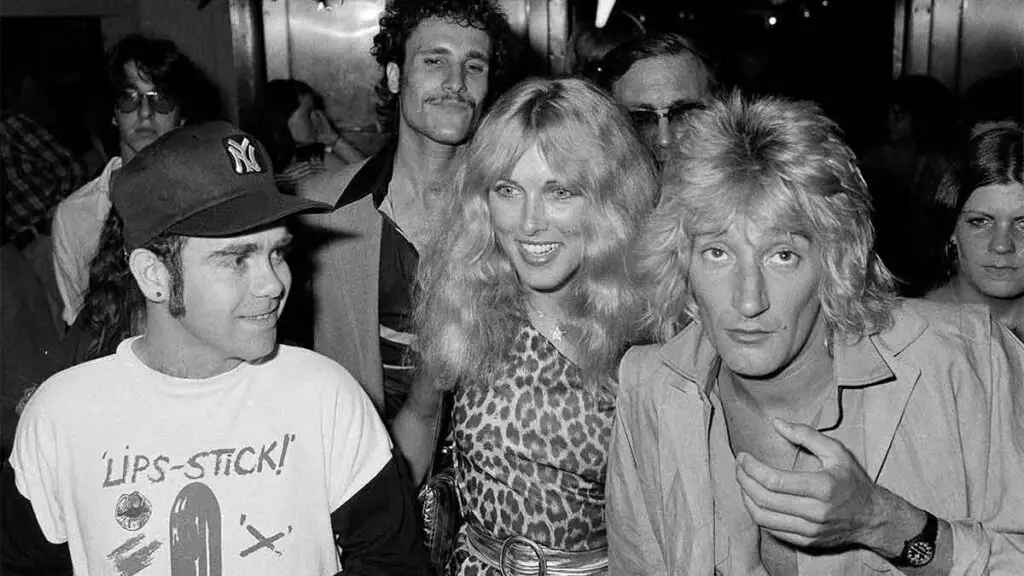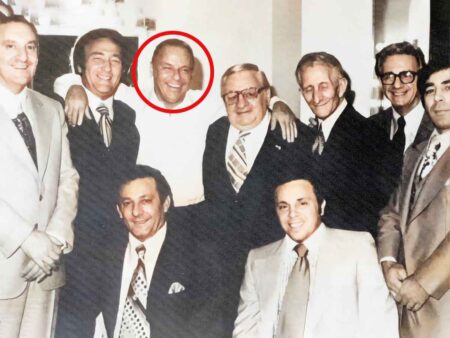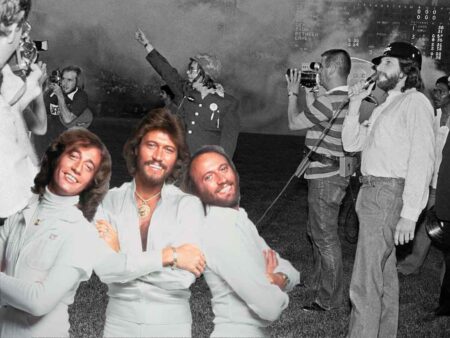The bass thumped, the lights pulsed, and the air crackled with excitement. The bouncer barely glanced at the A-listers slipping past the velvet rope while a sea of hopefuls waited outside, desperate for a taste of the magic. Inside, glittering bodies swayed under the disco ball, champagne flowed like water, and the night felt infinite.
This was Studio 54—the pinnacle of New York nightlife, where music, fame, and excess reigned supreme. But as fast as it rose to legendary status, Studio 54 came crashing down, leaving behind a legacy of decadence, scandal, and a changing cultural tide.
Contents
The Birth of a Nightlife Phenomenon
Before it was the most famous nightclub in the world, the space at 254 West 54th Street was a television studio for CBS, hosting classic shows like What’s My Line? and Captain Kangaroo. By the mid-1970s, the building was abandoned, a forgotten relic of a bygone era—until entrepreneurs Steve Rubell and Ian Schrager saw an opportunity.
In just six weeks, they transformed the space into an opulent dance palace, complete with dazzling lighting effects, theatrical sets, and a notoriously selective door policy.
When Studio 54 opened its doors on April 26, 1977, it wasn’t just another nightclub—it was the nightclub. Competitors like Xenon and Le Jardin catered to a similar high-end crowd, but none could match Studio 54’s over-the-top glamour.

Rubell famously boasted, “Only the mafia made more money” than Studio 54 in its prime. The club drew A-list celebrities, from Andy Warhol and Liza Minnelli to Mick Jagger and Diana Ross. Even politicians and royalty found their way inside, eager to experience the magic.
The Studio 54 Elite
Beyond the initial wave of celebrities, Studio 54’s dance floor became the playground for an astonishing cross-section of the era’s most influential figures. Fashion powerhouses like Calvin Klein, Halston, and Diane von Furstenberg rubbed shoulders with Hollywood royalty including Cher, Elizabeth Taylor, and Warren Beatty.
The club’s allure transcended creative boundaries, drawing music icons David Bowie, Elton John, and Grace Jones (who often performed there), alongside intellectuals like Truman Capote and Salvador Dalí.
Even political and actual royalty couldn’t resist its magnetism, with Margaret Trudeau, Jackie Kennedy Onassis, and Princess Caroline of Monaco making appearances.
The club also created its own celebrities—like the septuagenarian dancer “Disco Sally” Lippman and the roller-skating “fairy godmother” Rollerena—regular fixtures who embodied Studio 54’s unique blend of glamour and surrealism that made every night feel like a singular moment in cultural history.
A Hedonistic Wonderland
What set Studio 54 apart wasn’t just the music or the guest list—it was the sheer extravagance. The dance floor sparkled under a giant moon sculpture that “snorted” confetti, bartenders partied alongside guests, and spontaneous performances turned every night into an event.
Bianca Jagger rode in on a white horse, Grace Jones turned the stage into her personal playground, and unannounced sets from music legends were the norm.
Behind the scenes, the club’s anything-goes attitude extended to its VIP areas, where excess reigned supreme. Drugs, champagne showers, and uninhibited revelry were part of the Studio 54 experience. It was a world without rules—until reality came knocking.

The Fall: Legal Trouble and Changing Times
By 1979, Studio 54’s golden era was fading. Federal agents raided the club in December, uncovering a massive tax evasion scheme. Rubell and Schrager had been skimming millions, and their high-flying empire came crashing down when they were sentenced to prison in 1980.
But legal troubles weren’t the only threat. The cultural landscape was shifting. The “Disco Sucks” movement, fueled by rock and punk fans, was gaining steam. On July 12, 1979, “Disco Demolition Night” at Chicago’s Comiskey Park saw thousands of disco records burned in protest. The backlash signaled the beginning of the end—not just for Studio 54, but for disco itself.
The Aftermath and Lasting Legacy
Studio 54 attempted a revival under new ownership, but the magic was gone. The club changed hands multiple times, operating under different names, but never recaptured its former glory. Meanwhile, Rubell and Schrager moved on, with Schrager reinventing himself as a successful hotelier after serving his sentence.
Despite its short run, Studio 54 remains a symbol of disco’s peak—an era when nightlife was an art form and the party felt like it would never end. Its influence still lingers in music, fashion, and pop culture, immortalized in books, documentaries, and even Broadway productions. Decades later, it remains the ultimate example of how high you can fly—and how fast you can fall.




